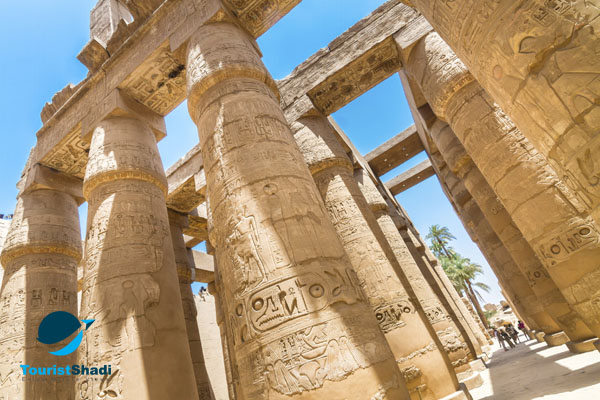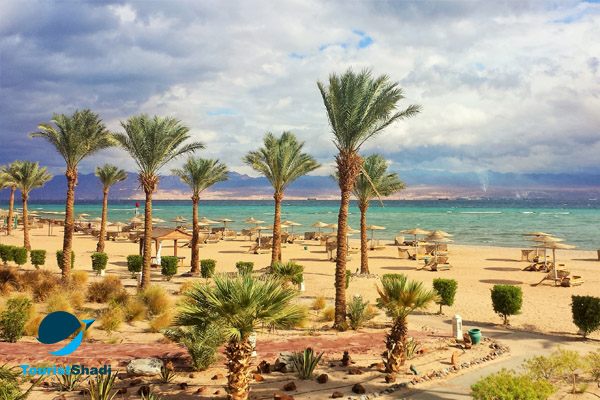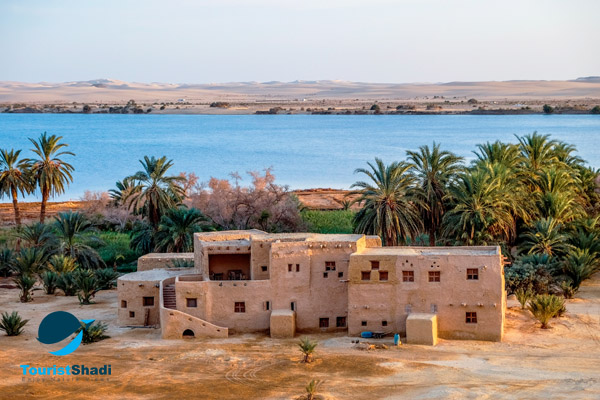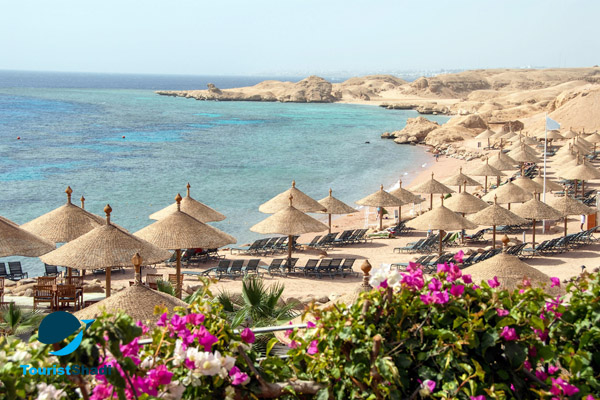Nuweiba:
Nuweiba is an Egyptian city belonging to the Governorate of South Sinai. Inhabited by Bedouin tribes in Sinai desert. In the past, the city has been an isolated desert oasis. Today, it is a unique tourist resort for tourists to relax away from the bustling tourist spots where they can enjoy the magnificent sandy beaches full of unique Bedouin tents. The city has a seaport and its activities based on tourism, port works, transport and shipping, as well as agricultural and commercial activities.
Nuweiba is famous for its wealth of beautiful tourist attractions and desert nature, which surrounded by caves and plains, integrated into the tranquility of the Red Sea waters in harmony with the fresh air away from the hustle and bustle of major cities. There are many valleys carved by rainwater and formed by the wind to make them unique pieces of art such as the valley of Shawashi or and Wadi Gharba.
Natural Areas and Tourist Activities:
 Diving:
Diving:
During your visit to Nuweiba, you will notice the abundance and diversity of deep and shallow dive sites that are suitable for professionals and beginners in diving. This area is rich in sandy slopes, beautiful coral reefs, sea caves, and hard and thin coral wall openings, as well as various species and fish species such as basalt, angelic and grouper.
Some Distinguished Sites:
Tay Reef:
Located 500 meters from the beach and easy to reach by boat, is a sandy plain topped by small peaks, visited by yellow and black rai fish.
• Abu Lulu or Hilton House:
It is a reef area characterized by abundant sea life from rockfish, sea turtles, dolphins, and the lionfish, therefore some divers, call it the Lion City on that area.
Umm Reisher Site:
Located 5 km north of Nuweiba. It is a suitable place for novice divers, where it is easy to reach the people near the beach and easy to dive to enjoy the most beautiful marine life, seaweed, sea peaks and coral reefs covered by gaps and bottles filled with amazing marine creatures such as octopus, squid and other popular fish species. As well as some fish entering this region, such as pagoda fish, which come to that region in search of food among the smaller fish species.
• Boaaki site:
Which will give you the most beautiful moments of diving amid the most beautiful coral reefs and the most wonderful and different fish species in them.
 Demon Head:
Demon Head:
Basata or demon head is a Bedouin camp overlooking the Gulf of Aqaba in the city of Nuweiba, surrounded by beautiful mountains and beautiful beauty submerged in water, valleys, caves and plains. The waters of this region are rich in hard coral reefs, octopus, puffer, lunar dragons, and anemones of various shapes and colors of red, green and purple making it one of the most famous dive sites in the Sinai Peninsula.
Trabeen Castle:
 Tarabin is a kilometer away from the northern coastal area of Trabeen in Nuweiba. The castle built by the Mameluke Sultan Ashraf al-Ghuri in the sixteenth century in order to protect the Sinai region from the danger of Turkish invasion and the care of travelers and pilgrims passing through this region. However, the castle did not achieve the purpose of its construction; it occupied by the Turks shortly after construction, but remained a reason to provide drinking water to the Bedouins using the well of the castle. A few years ago, the castle is under renovation, but it is open to visitors.
Tarabin is a kilometer away from the northern coastal area of Trabeen in Nuweiba. The castle built by the Mameluke Sultan Ashraf al-Ghuri in the sixteenth century in order to protect the Sinai region from the danger of Turkish invasion and the care of travelers and pilgrims passing through this region. However, the castle did not achieve the purpose of its construction; it occupied by the Turks shortly after construction, but remained a reason to provide drinking water to the Bedouins using the well of the castle. A few years ago, the castle is under renovation, but it is open to visitors.
 Nawamis:
Nawamis:
Nawamis is a Bedouin residential complex in the city of Nuweiba, which has prehistoric monuments. It named after the “Nawamis” Al-Shujayrah valley area at Kilo 25, Nuweiba / St. Catherine Road. These buildings consist of circles of large Zlatan stones, back to Bronze Age, which is between one and three meters in diameter, built by means of stone quarrying in a primitive manner without the use of mortar, the first human life in Sinai.
 Fishermen Village:
Fishermen Village:- Following the liberation of Sinai, Egypt, Jordan and Iraq established the Arab Bridge Company to operate on the Nuweiba / Aqaba shipping line. After port operation, work in the anglers village started. Egyptian President Hosni Mubarak, King of Jordan Hussein bin Talal, and Sultan Qaboos bin Said witnessed the opening ceremony in 1985. The village built in Bedouin style to be a piece of the surrounding nature. It built on one floor level and used in building many environmental raw materials such as logs, bricks, firewood, stones, spoons and baskets. In addition to the decorations and furnishings of carpets, curtains, bedspreads and hand-made bedspreads.
- For more details regarding Nuweiba:
- https://en.wikipedia.org/wiki/Nuweiba





